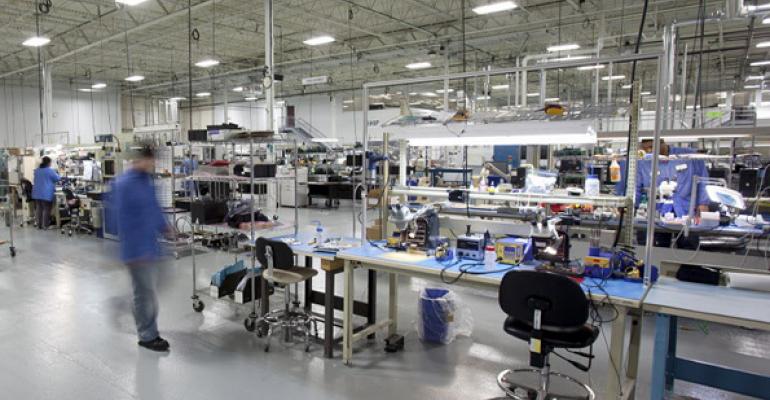Los Angeles and the Inland Empire continue to lead the comeback of the industrial sector, with expected increases in domestic shipping and the further rise of fulfillment centers boosting both markets to high occupancy and strong investor demand.
The two markets’ national leadership traits are different and distinct: Port movements govern L.A.’s tight market, which had the second highest absorption rate in 2012 at 3.6 million sq. ft., and the most sales transactions in the country last year at about $3 billion, more than double the sales of each of the runner-up markets of San Jose, Calif.; Chicago; Dallas and Boston. The Inland Empire remains at the top of the bulk distribution sector, with 17 lease transactions at 400,000 sq. ft. or greater in 2012; and the biggest lease of the year signed there by Unilever for about 1.3 million sq. ft.
John Huguenard, industrial capital markets leader at Jones Lang LaSalle, says the company recently hired Bo Mills, based in Los Angeles, and Mark Detmer, based in Phoenix, as managing directors to aggressively grow the firm’s industrial capital presence in those markets. “Clients have been clamoring for deep market knowledge on the West Coast,” he says.
Mills says as domestic consumption and demand continues to improve in 2013, major population centers such as Los Angeles will drive industrial activity. “Generally, we are tied to GDP and growth in container volume is on average two times GDP,” he says. “The port is also initiating a $4.5B capital improvement program that includes upgrades to terminals, rail facilities and overall infrastructure to ensure that we have enough capacity and remain competitive in the years ahead.”
The Inland Empire has recovered quickly from overbuilding before the recession, and is still seen as a cheaper option than Los Angeles, at average warehouse rents at less than $5 per sq. ft. compared with often more than $6 per sq. ft. in Los Angeles. Mills says there’s now a three-to-one demand to supply ratio, with about seven million sq. ft. under construction and about 20 million sq. ft. of demand, and a 60 percent pre-lease rate for speculative construction in the 433 million sq. ft. market. E-commerce leases are popular in IE, with another major lease soon to be announced, Mills says.
These two powerhouse markets should continue moderate growth through 2013, so long as construction continues to stay on par with demand, Mills says. “Overall rental growth is forecasted to increase by 6 percent to 8 percent this year, depending upon the size segment,” he says. “As such, sale prices are also expected to increase with an appreciating rental market. With institutional capital still aggressively pursuing investment opportunities and no immediate signs of increased interest rates, cap rates will continue to see sub-percent numbers.”

